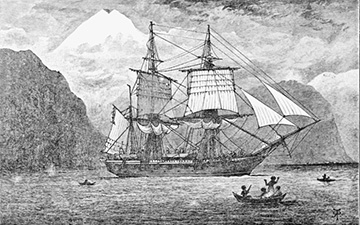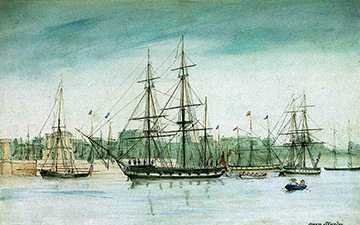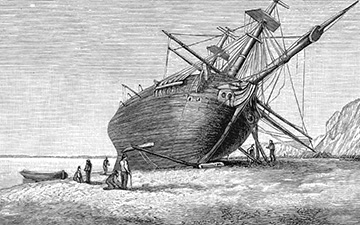DIY Cards

Then and now
Event Card
DARWIN DECK BETA
PLAY: can be played for below effect and then discarded.
EFFECT: All EXTINCT SPECIES on the table are discarded.
Graphic by David Ng

Specimen preservation
Event Card
PLAY: You can play this card immediately after your opponent has played an EVENT card on one of your SPECIES.
EFFECT: Negates the effect of the EVENT card. Does not work on EVENT cards that are not played specifically on top of SPECIES.
Graphic by David Ng

Beagle runs ashore
Event Card
DARWIN DECK BETA
PLAY: can be played immediately for below effect and then discarded.
EFFECT: All other players miss their TURN.
Graphic by David Ng

Voyage alters ecology
Event Card
DARWIN DECK BETA
PLAY: on 1 SPECIES card, and then discard.
EFFECT: The played SPECIES card is discarded immediately.
Graphic by Admiral Ackbar

Geonoma schottiana
Arecaceae Geonoma schottiana


DARWIN DECK BETA | 2 POINTS
• Portsmouth to Montevideo
Cool, Warm
Graphic by Admiral Ackbar
Geonoma is a genus of small to medium-sized palms native to the forest understorey of tropical Central and South America. This palm genus is one of the largest in the Neotropics.[1] Its 64 species are distributed from Mexico and Haiti in the north to Paraguay in the south; two are found in the insular Caribbean.[2] The genus is a member of the palm tribe Geonomeae (Arecaceae: Arecoideae), an important Neotropical group due to its wide distribution across Central and […] read more

Sicyos villosus
Cucurbitaceae Sicyos villosus


DARWIN DECK BETA | 2 POINTS
• Cucurbitaceae Sicyos villosus is EXTINCT
• Galapagos to Auckland
Cool, Warm
Graphic by Admiral Ackbar
When Darwin landed on Charles Island (Floreana) on 23rd September 1835 he observed a scrambling vine apparently suffocating the rest of the flora. This rampant plant of the family Cucurbitaceae, the squashes and cucumbers, was “in great beds injurious to vegetation”, clambering over the rest of the plants by means of its numerous tendrils. This pernicious […] read more